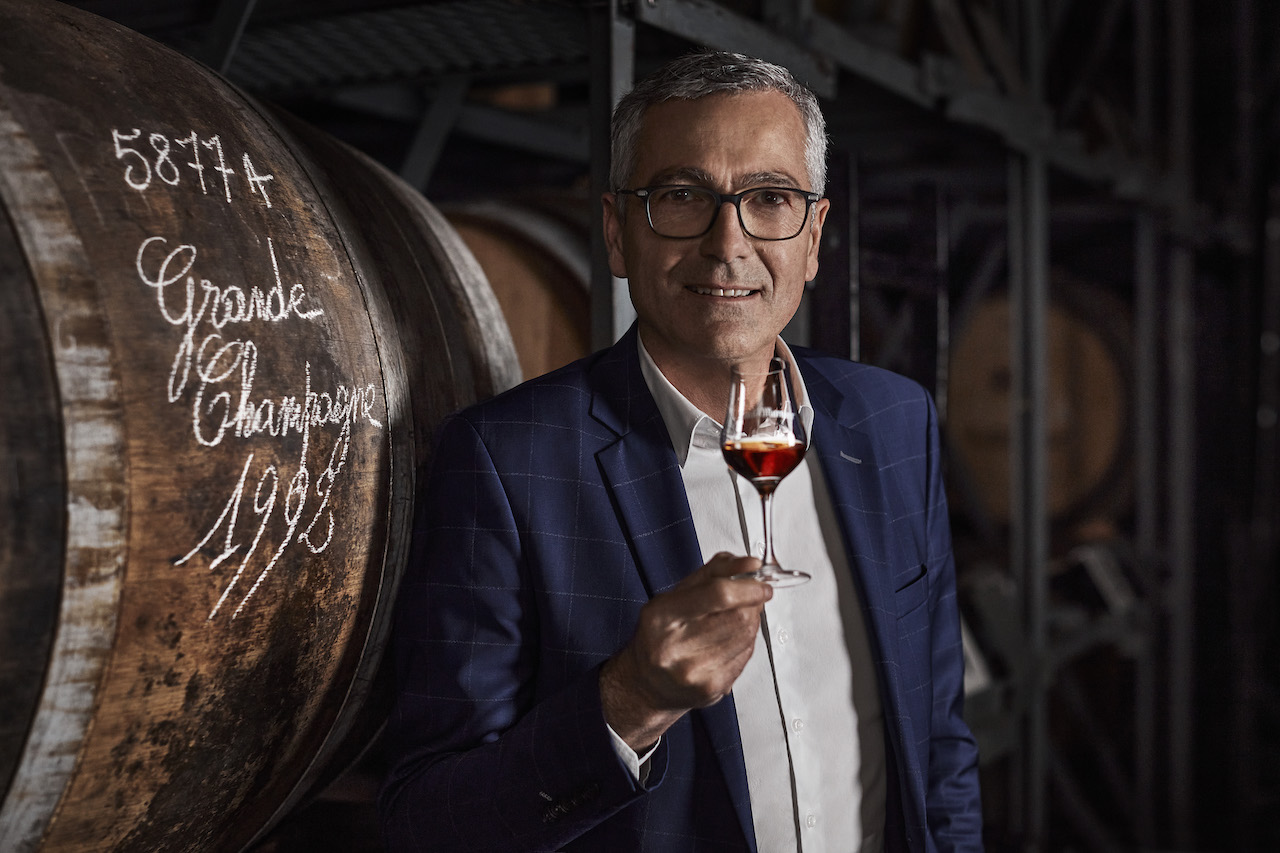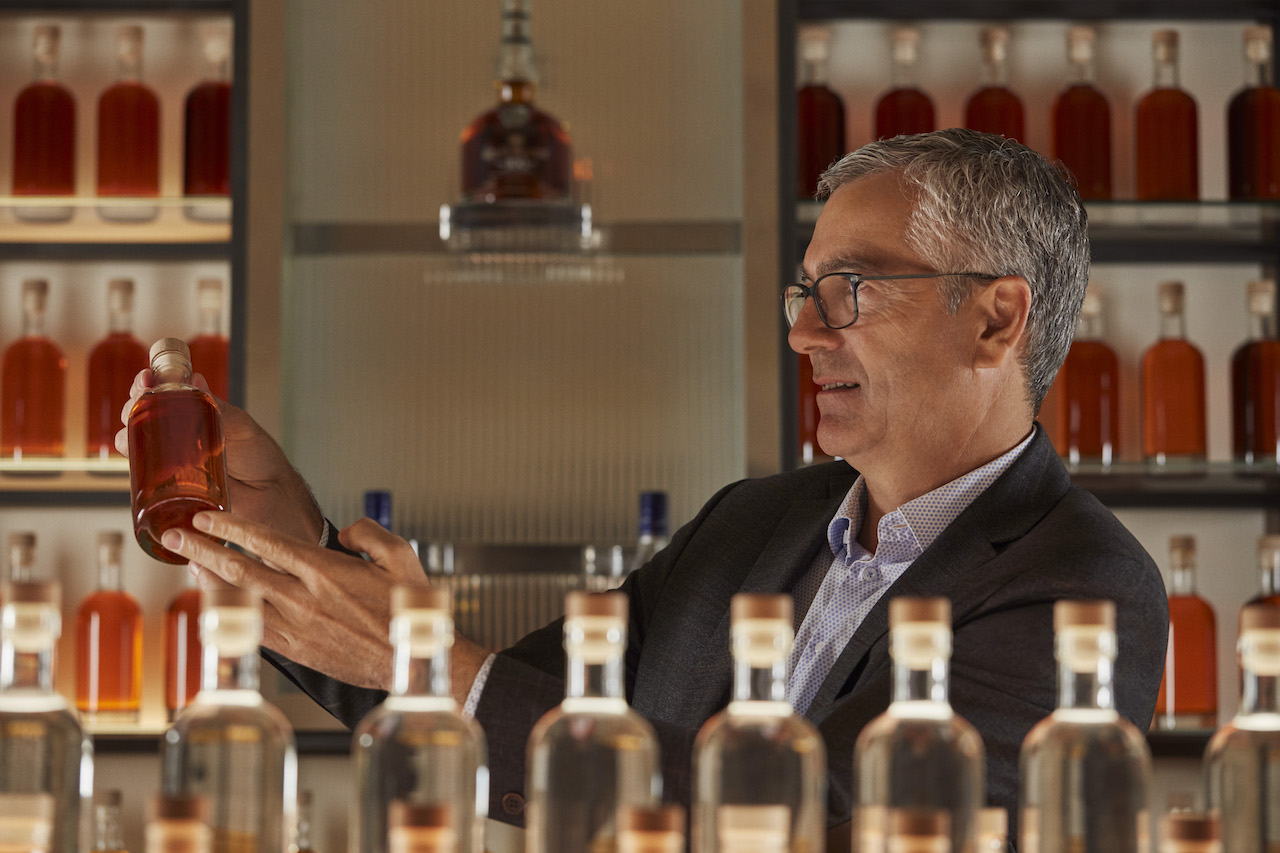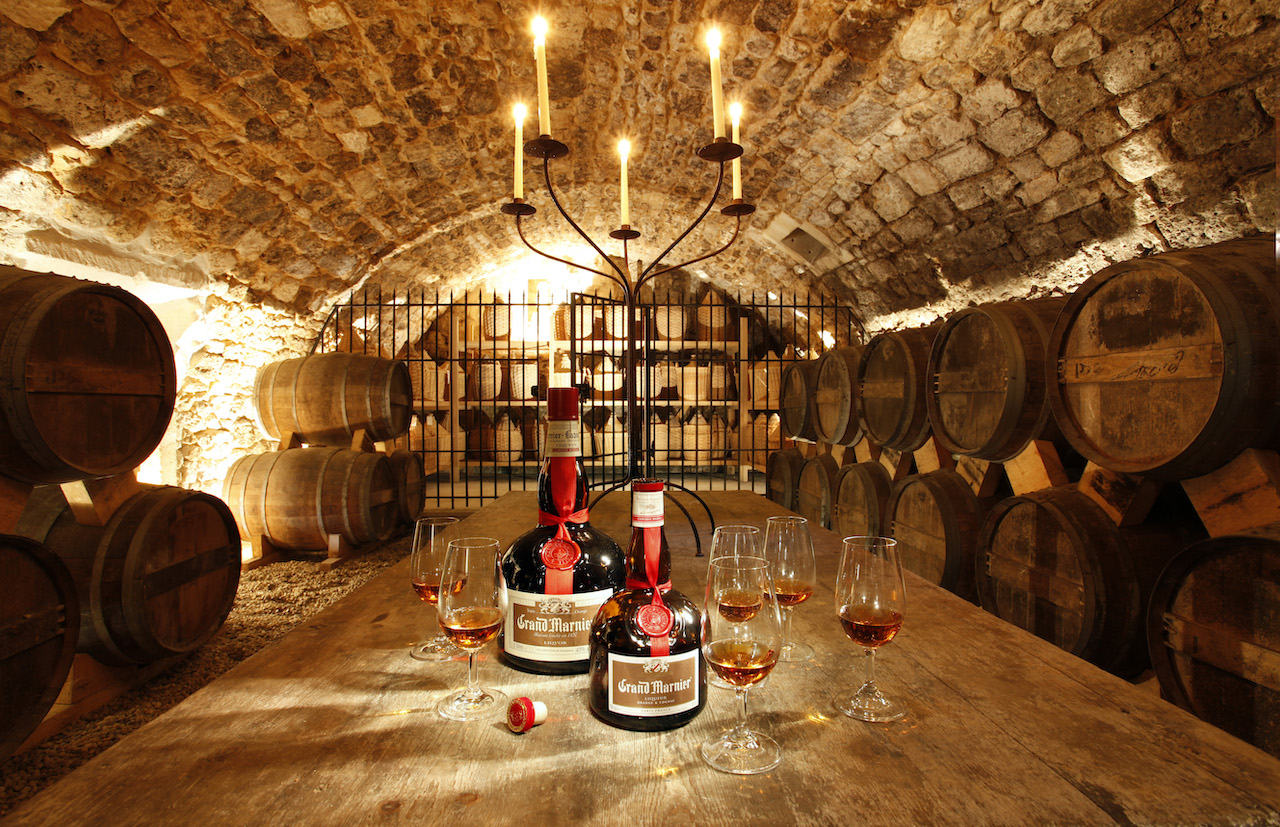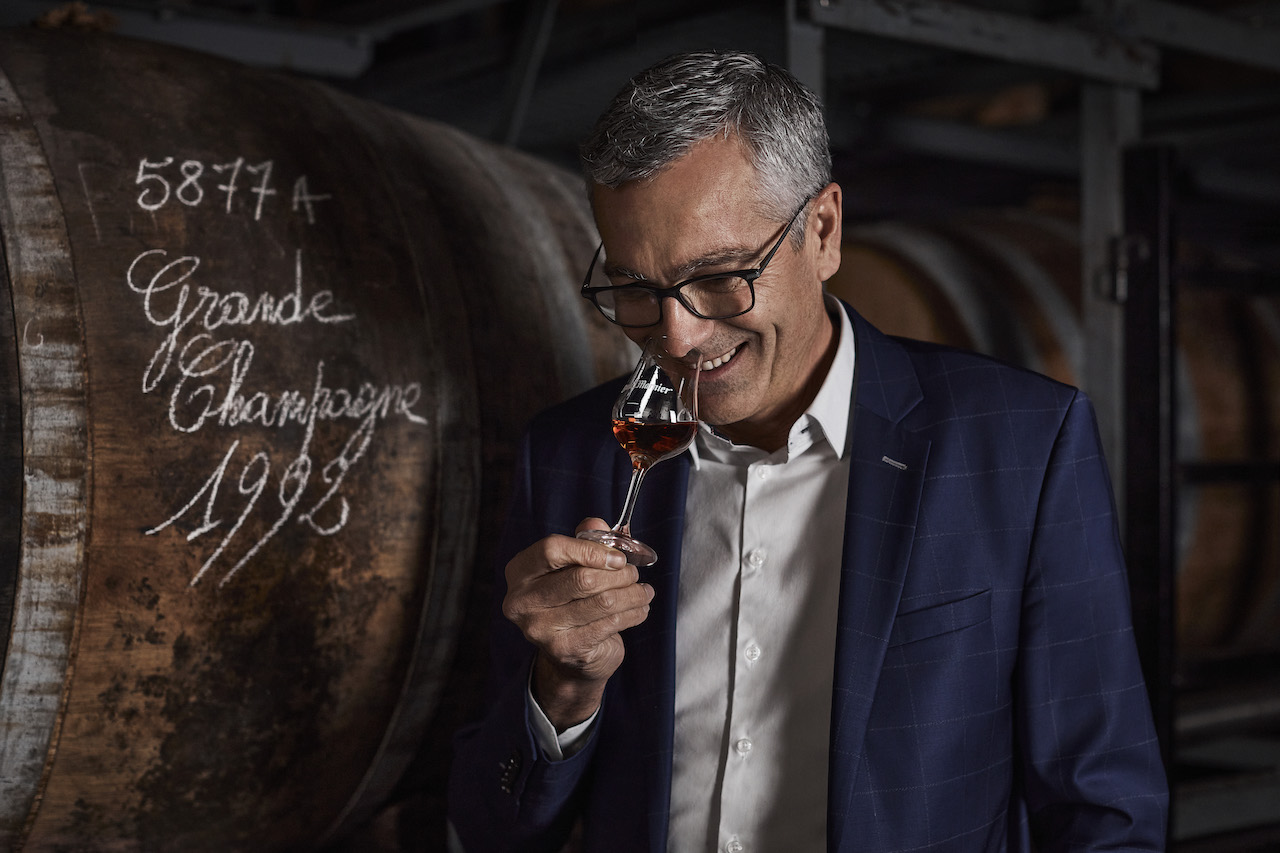Master blender Patrick Leger was born and bred in the Cognac region in southwestern France. His family has always been involved in the cognac industry in a variety of ways for generations. Patrick joined the Campari group in 2020 as master blender and director of operation of two brands: Grand Marnier and Bisquit & Dubouché Cognac.

Besides mastering the art of blending, he is a passionate advocate of the safeguarding of the cognac appellation and the quality of the products. He is also acting vice president of the Technical Commission and permanent member of the Committee of the National Cognac Bureau. He is actively involved in all the technical areas of the production processes.
According to Patrick, although traditional craftsmanship is maintained in his industry, what’s important is an evolution of techniques aimed at improving quality. However, the primary concern always remains “the protection of quality, and that’s the objective and role of the controlled appellation system in France”.

What’s in the bottle?
Grand Marnier is the marriage of cognac and orange parfum, crafted with a specific bitter orange. “For over 200 years, we have been using the same orange parfum and zestage process (to prepare the zest of the orange), which is now mechanised,” he says.
The signature bitter orange zest is notably rich in aromatic components. Around 80 percent of it is allocated to top fragrance producers such as Chanel, Hermes, and others. The orange peel is naturally dried near the plants, and then shipped to France. They can be stored for a maximum of two years.
“We have to rehydrate and separate the zest from the white part or albedo, a process once painstakingly manual but now mechanised,” shares Patrick. This exemplifies how technology is used to is used to improve the quality of the product.

Benefits of technology
Meanwhile, robots have been introduced in vineyards to manage processes like soil cleaning. This is a necessary adaption as labour shortages persist and chemicals are eschewed. Additionally, the company is exploring new grape varieties resistant to vineyard diseases.
Climate change has notably affected harvest dates. “About 30 years ago, we were harvesting at the end of October or early November. Now we start in middle of September. This is the only way of maintaining the quality of our grapes because the Cognac production is the most natural wine that we can produce – we don’t add preservatives or sulphites to preserve the wine. When it’s distilled, it naturally protects the concentration of the alcohol.”
I hope AI won’t take over the master blender’s job,” he quips adding that its potential in vineyard management is promising. For example, collecting data on temperature, humidity, rainfall and sunlight – which allows the wine producers to anticipate disease outbreaks and implement preventive measures – is a task that AI could excel in.

Sustainable efforts
The Cognac industry is also collectively underscoring their commitment to sustainability efforts. For example, the historically used brown bottles for Grand Marnier is best for recycling. “In Europe and France, we reuse / recycle 95-99 percent of the glass. We are also working on different possibility to use recycled paper for the label and packaging,” says Patrick, adding that other eco-friendly initiatives are also done to combat future agricultural issues.
